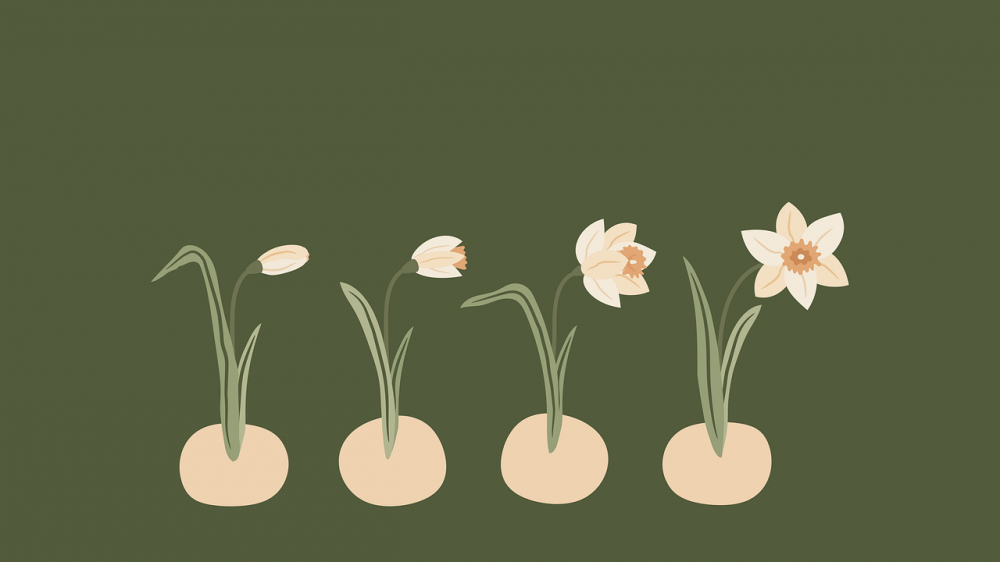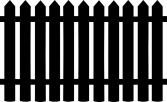Scandinavian Design: Timeless Elegance and Simplicity

Introduction:
Scandinavian design has gained worldwide recognition for its minimalistic yet functional approach. Rooted in the Nordic region, this design style has become synonymous with high quality, clean lines, and effortless beauty. In this article, we will explore the essence of Scandinavian design, its various types, and delve into its historical impact. Additionally, we will uncover how each Scandinavian country brings its unique flair to the design world.
Overview of Scandinavian Design:

Scandinavian design encompasses a broad spectrum of disciplines, from furniture and interior design to architecture and fashion. Inspired by the region’s natural landscapes, the style emphasizes simplicity, functionality, and the celebration of natural materials. With an emphasis on clean lines, light colors, and uncluttered spaces, this design philosophy creates a sense of tranquility and harmony in any environment.
Exploring Scandinavian Design:
Scandinavian design can be categorized into different types, each with its distinct characteristics and popularity. Here are some prominent types within Scandinavian design:
1. Mid-Century Modern:
Emerging in the mid-20th century, this iconic style, popularized by designers such as Arne Jacobsen and Alvar Aalto, features organic shapes, sleek lines, and a fusion of form and function. Mid-century modern design showcases the beauty of natural wood and incorporates minimalist yet elegant furniture pieces.
2. Nordic Minimalism:
Nordic minimalism takes the concept of simplicity to the next level. This design approach focuses on clean, uncluttered spaces, using a limited color palette and functional furniture. Scandinavian minimalism often incorporates elements of nature, such as indoor plants, to add warmth and vitality to the space.
Quantitative Measurements of Scandinavian Design:
Quantitatively, Scandinavian design is renowned for its quality craftsmanship and durability. Scandinavian furniture, for example, is known for its exceptional materials, innovative techniques, and attention to detail. Quality metrics such as the use of sustainably sourced materials, longevity of products, and consumer satisfaction are essential measures of Scandinavian design.
Differences within Scandinavian Design:
Although sharing common design principles, Scandinavian design varies across different countries. Denmark, known for its timeless elegance and craftsmanship, often focuses on organic shapes and high-quality materials. Sweden, on the other hand, integrates functional practicality with a touch of playfulness and innovation. Norway leans towards simplicity and minimalism, with a strong emphasis on natural beauty.
Historical Overview and Pros and Cons of Scandinavian Design:
Scandinavian design has had a profound impact on the design world. Its emphasis on functionality, sustainability, and aesthetic appeal has made it stand the test of time. However, like any design movement, Scandinavian design also has its drawbacks. Despite its enduring popularity, some critics argue that it can be too minimalistic and lacks individuality. Furthermore, the high price point of authentic Scandinavian design can be a barrier for some.
Conclusion:
Scandinavian design continues to captivate the world with its timeless elegance, simplicity, and functionality. From its humble origins to its global recognition, this design style has left an indelible mark on the design industry. Whether you prefer the clean lines of mid-century modern or the minimalist charm of Nordic design, Scandinavian design offers something for everyone. Watch the video below to further immerse yourself in the world of Scandinavian design.
As the demand for sustainable, high-quality design grows, Scandinavian design remains at the forefront, showcasing the region’s timeless sense of aesthetics and innovation. Privatpersoner seeking to create elegant, functional spaces can turn to Scandinavian design for inspiration, knowing they are embracing a rich heritage rooted in simplicity and beauty.
FAQ
What are some popular types of Scandinavian design?
What are the pros and cons of Scandinavian design?
What is Scandinavian design known for?
Fler nyheter
Fotograf i Umeå: Skapa minnen med professionella bildkonstnärer
Introduction: Scandinavian design has gained worldwide recognition for its minimalistic yet functional approach. Rooted in the Nordic region, this design style has become synonymous with high quality, clean lines, and effortless beauty. In this artic...
31 augusti 2025
Den ultimata guiden till att välja en bröllopsfotograf
Introduction: Scandinavian design has gained worldwide recognition for its minimalistic yet functional approach. Rooted in the Nordic region, this design style has become synonymous with high quality, clean lines, and effortless beauty. In this artic...
03 juli 2025
Körkortsfoto i Vällingby: Din guide till ett perfekt foto
Introduction: Scandinavian design has gained worldwide recognition for its minimalistic yet functional approach. Rooted in the Nordic region, this design style has become synonymous with high quality, clean lines, and effortless beauty. In this artic...
02 juni 2025
Framkalla bilder: Bevara dina digitala minnen
Introduction: Scandinavian design has gained worldwide recognition for its minimalistic yet functional approach. Rooted in the Nordic region, this design style has become synonymous with high quality, clean lines, and effortless beauty. In this artic...
06 mars 2025











